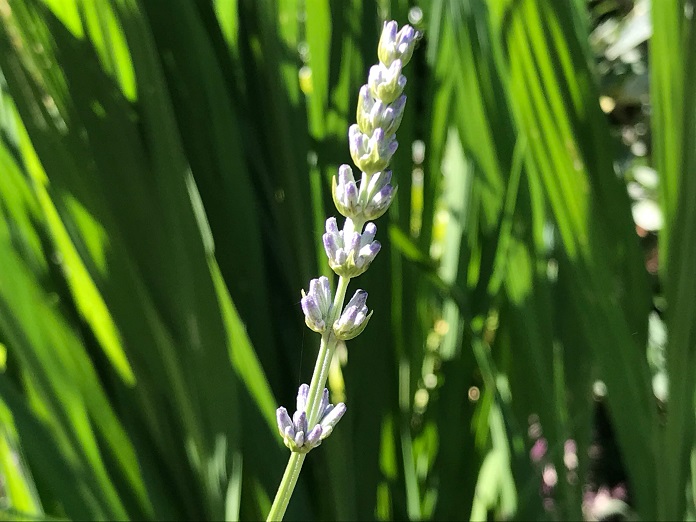Anyone who wants to add colour and scent from the garden to their indoor pot pourri should be harvesting their lavender now. Here’s how to dry lavender so you can keep your house smelling fresh for months to come.
How to dry lavender
1. Get the timing right

The whole stalk needs cutting when the flowers are showing colour but are not fully opened.
2. Dry it off

Tie the stalks in loose bundles and hang them in a greenhouse or warm shed to dry, or spread them on trays in the airing cupboard for a few days.
We love Kingfisher green jute twine, available on Amazon, as it blends with the colour of the stems for stylish drying.
3. Choose your use
When the plants are completely dry, you can either keep the stalks on and use them in flower arrangements, or rub the flower buds free of the stalks and add them to your potpourri or to make lavender bags which can be used inside drawers to make your clothes smell fresh.
A good choice of lavender for harvesting is Lavandula angustifolia ‘Imperial gem’, which is highly decorative as well as aromatic and ideal for planting near a path at the front of the border.

Lavender is an easy plant to grow as it requires little watering during the summer months and thrives in any well-drained soil in full sun or partial shade.
The bushy stems and grey green leaves are perfect for creating low hedges to garden paths. And you don’t have to just have purple because there are white, pink and blue varieties.
Old English lavender grows to around 90cm (3ft) with grey-blue flowers. Go for ‘Hidcote’, which will give you deep violet flowers. If you fancy pink for a change, go for ‘Loddon Pink’.

If you decide not to harvest your lavender for indoors, clip the plants lightly with shears after flowering, which will remove the dead heads and make them look tidier.
Unfortunately, they do have a relatively short life and even with regular pruning may start to sprawl and die back in time. So it’s worth taking cuttings in summer to replace plants that cannot be improved by pruning.
Tidy up in spring
To improve overall appearance, cut back the previous year’s growth to new shoots within 5-10cm (2-4in) of the ground in early or mid spring, just as new growth starts.
Lavender is not the only aromatic plant which can be harvested for potpourri at this time of year. Gather and dry the flowers of colourful herbs such as marigold, hyssop, chamomile and dill, which will add fragrance and colour to your bowl.
You may also be interested in…
This article may include affiliate links to products and services where we may receive a small fee to support the running of this site if you make a purchase or is a sponsored article from one of our select editorial partners providing valuable advice and information to our readers.































































